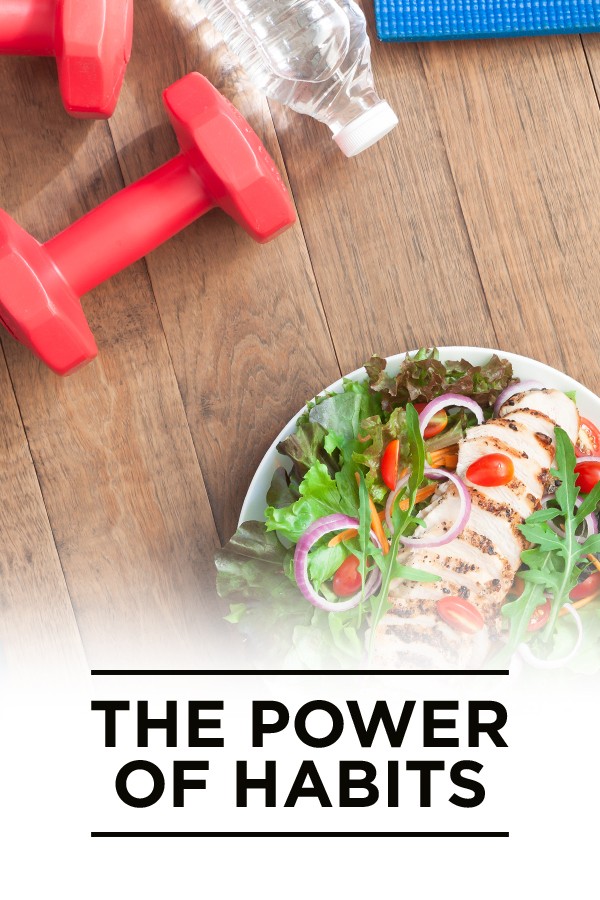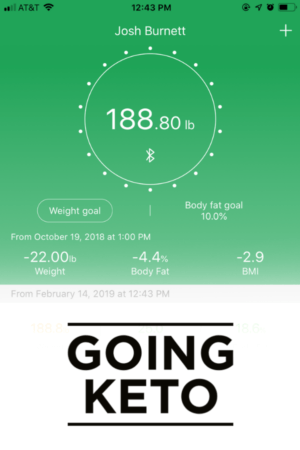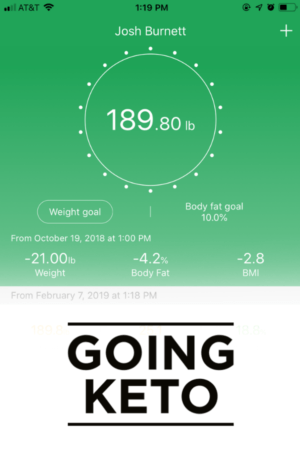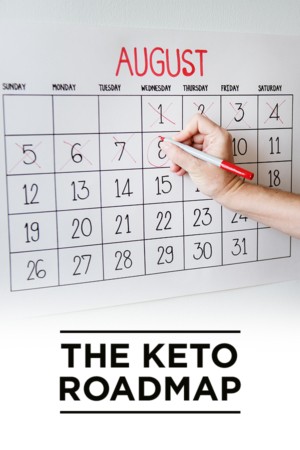I once read a story about how NASA determined the diameter of the solid fuel rocket boosters used to launch the space shuttle. Since the rockets are transported by train to the launch site, the railway tunnels through which they traveled determined the diameter. The tunnels were determined by the width of the rails—4 feet, 8.5 inches, to be precise.
If that seems like an odd measurement, it’s because it is: American rail lines were primarily determined by the width of English rail lines, from whom we purchased our original rail equipment and just kept the dimensions. Railroad designers in Great Britain simply imitated the well-worn ruts on dirt roads throughout the country; these ruts determined the width of carriage axles because if they didn’t match the grooves, the buggy would literally be shaken to pieces.
Well, we’ve gone this far; we might as well go a bit further. What determined the ruts in the road? Generally speaking, the original carriages were determined by how closely two horses could be tied together in a doubletree. That’s the origin, all the way back, but consider the implications for a moment: arguably the most advanced transportation equipment we’ve ever designed, built to launch humans into outer space, is determined by the width of two horses’ rear ends. That, my friends, is how incredibly hard habits can be to break.
The power of habits
New York Times reporter Charles Duhigg wrote a bestseller in 2012 titled The Power of Habit: Why We Do What We Do in Life and Business. I won’t spoil the book for you, but it’s certainly worth a read. In it, he covers why habits, once made, are so difficult to break—and then goes on to outline how to do just that.
Habits are powerful because they allow the mind to go on autopilot. Have you ever driven to work and, once you arrived, realized you don’t remember any of the commute? What’s worse is when you set out to go someplace, are distracted, and end up making a wrong turn that would take you to a familiar location.
That’s often what dieting feels like: we plan something specific with the best intentions in the world, and then we quickly revert to our old patterns. Our brains and bodies go on autopilot, and we feel powerless to stop the trend.
Duhigg summarized some of the critical approaches to identifying the underlying foundations of habits and how to change them here.1 I’d highly recommend digging into the article; there’s a lot of truth there. For GoingKeto, however, I’d like to focus on a single theme that I see happen with dieters over and over again.
Push versus pull
Most people try to “pull” a bad habit out of their lives, be it a sugar addiction, being hooked on soft drinks, or some other unhealthy tendency. The problem is that this approach creates a vacuum: you’ve merely eliminated something, but left all of the old triggers, rituals, and situations in place. All you’ve got now is a hole… and when you want to fill that hole, guess what’s already perfectly customized to fit there?
A much more effective approach is what I call the “push” method. It starts with identifying precisely what you want to change, then working through everything surrounding it. Is there a catalyzing event (e.g., whenever you go to lunch you walk past the snack bar and grab a Coke), or a specific situation (e.g., you have a tradition of getting breakfast on Thursdays with your friends at a donut shop)?
Duhigg outlines a number of specific contributing factors, how to identify them, and what to do to address each specifically in his article and book. For our purposes, however, we can focus on the big picture that applies to everyone.
Identify everything you can about the situation that causes you to revert to old habits, then come up with something new that’s customized to replace your old tendencies. In the lunch example above, perhaps you could intentionally walk a different route that leads you past a coworker you enjoy speaking to: your new ritual involves something appealing (talking with your friend) and takes you away from your temptations. You’ve “pushed” the old habit out, and there’s nothing for it to come back to.
If we look at the breakfast scenario, you might discuss exploring new places with your friends. Instead of meeting at the same donut shop, explore new cafes every Thursday; this takes you out of the environment that caused you to go on autopilot and allows you to make fresh decisions again.
The bottom line
Habits are powerful, and that means they’re difficult to break. The upside is that good habits are just as powerful, so intentionally developing those over time—slowly, but surely—will yield a tremendous number of benefits in your life. Create a solid, positive habit every time you want to eliminate a bad one, and push the latter out of your life.
NUTRITIONAL DISCLAIMER
The content on this website should not be taken as medical advice and you should ALWAYS consult with your doctor before starting any diet or exercise program. We provide nutritional data for our recipes as a courtesy to our readers. We use Total Keto Diet app software to calculate the nutrition and we remove fiber and sugar alcohols, like erythritol, from the total carbohydrate count to get to the net carb count, as they do not affect your blood glucose levels. You should independently calculate nutritional information on your own and not rely on our data. The website or content herein is not intended to cure, prevent, diagnose or treat any disease. This website shall not be liable for adverse reactions or any other outcome resulting from the use of recipes or recommendations on the Website or actions you take as a result. Any action you take is strictly at your own risk.
- The Brain’s Role in Weight Loss - March 11, 2019
- Making Fat Loss EPOC - March 8, 2019
- Overcoming Plateaus - March 6, 2019




